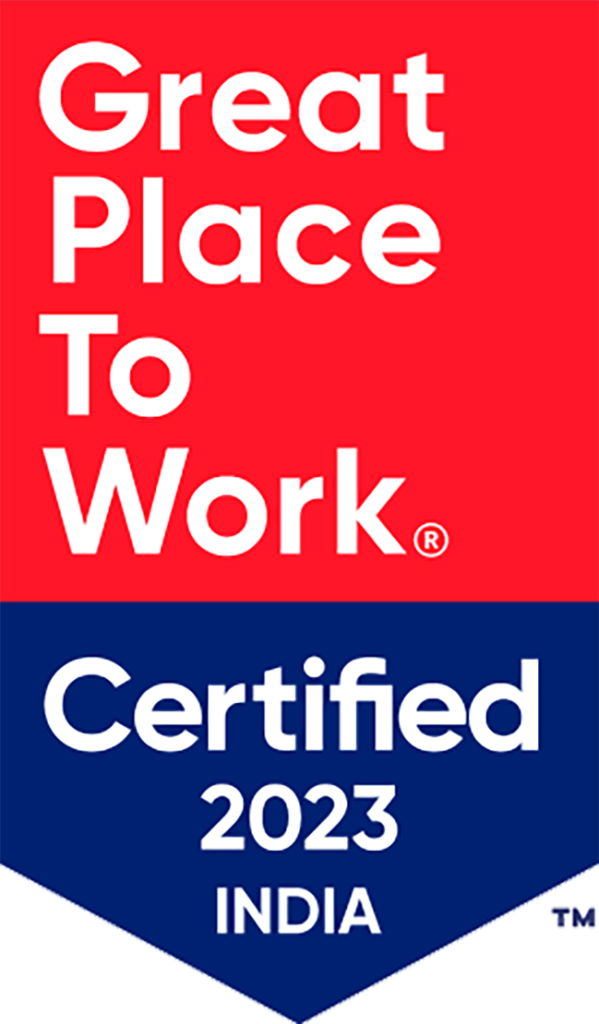It can be a challenge in terms of time and cost to recruit and hire the right talent to grow your business. For some businesses, it’s a lack of local talent; for others, it’s a struggle to find the right skill set for the right price. Whatever the challenge, the pressure to fill open technical roles quickly often leads to rushed hiring decisions that bring aboard people who aren’t culture or skill fits, creating disruption rather than ROI.
One upside of the 2020 pandemic was an increased comfort level with remote workforces. The willingness to look more broadly for talent brings several advantages, including access to a larger tech talent pool, a more diverse workforce, business continuity, and cost savings. For some MSPs that might mean hiring nationally, perhaps even globally, now that remote working processes have been built out, or they may choose to partner with a staffing provider with a global footprint.
3 Advantages of Using a Global Workforce to Grow Your Business
Advantage 1: Access to a Larger Talent Pool
MSPs often suffer in today’s competitive talent marketplace. Not only are smaller companies lacking in HR resources—few have a full-time talent recruiter—but they are also in heated competition with larger companies and even vendors for in-demand tech talent. By opening the door to global talent, MSPs can access the tech skill necessary to keep pace with an incredibly fast-moving technology landscape while also moving outside the limitations of the local talent availability and high costs driven by competition in the marketplace. Since most businesses worked out the kinks in their remote workplace processes in 2020, now is the perfect time to think about casting a wider net.
Taking advantage of the broader global talent market does come with a cautionary note: Be sure your new tech talent understands the managed services business model and its unique approach to customer service. New talent should have clear communication skills if you opt for a global approach, as well as experience with managing international clientele. Be sure to consider the costs for any necessary training for business skills or education about the managed services business model in their career development plan or look for experienced staffing partners who can guide you through those challenges.
Advantage 2: A New Approach to Business Continuity
No matter how prepared your MSP is for tech failures or natural disasters, having team members in another region or country can provide an additional layer of business continuity for both your MSP and your clients. Not only can team members who are overseas or in vastly different time zones provide reliable “off hours” support, but they can also provide redundancy in case of natural or business disasters such as a hurricane or office fire. They also support a better work/life balance for in-house talent who can be overwhelmed with after-hours support or tight project deadlines that push work into the night hours. Having a member of your MSP team who can seamlessly pick up where your day shift engineers or support desk leaves off can provide better customer service as well as improve productivity.
Advantage 3: Diversity as a Differentiator
Looking beyond your local community, region or even country can be one way to add diversity to your business. The reasons that might appeal to your MSP can vary, but research shows that diverse groups clearly outperform homogeneous ones. A “Great Place to Work” study even suggests that having a more diverse and inclusive workforce helps companies survive, and even thrive, during recessions. By adding more diversity—gender, racial and ethnic—leaders can avoid “groupthink,” a psychological phenomenon where teams value harmony and conformity over critical analysis. As with other industries, the battle to attract a diverse workforce has long been a hurdle for the tech channel, so having access to a global workforce can provide a new path to bring unique perspectives, varied educational backgrounds, and fresh experiences to your MSP.
Other questions to consider if you decide to expand your workforce globally (or just stretch the limits of your U.S.-based remote team):
- How will you handle professional development and ongoing training with a remote workforce that may not be on the same shift?
- What is the onboarding plan for remote team members? Do you have a plan in place for ongoing engagement activities?
- How will you adjust/plan for shifts and staffing across different time zones?
Are you considering outsourcing staffing for your MSP to take advantage of the broader global talent pool? Download our white paper on picking the right MSP staffing partner.
For more content like this, be sure to follow ITBD on LinkedIn and YouTube, check out our on-demand learning platform, Build IT University, and be sure to Register for Build IT LIVE, our 3-day education focused conference, September 9-11 in Orlando, FL!







